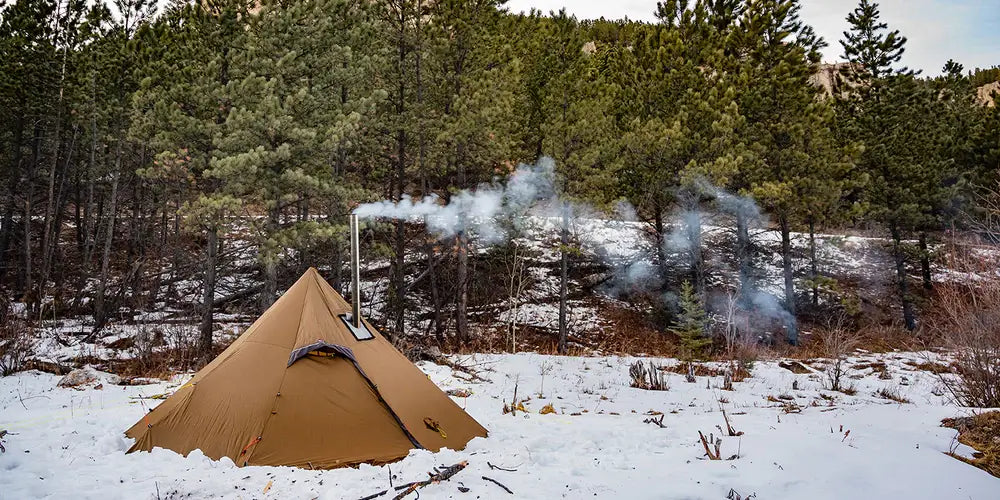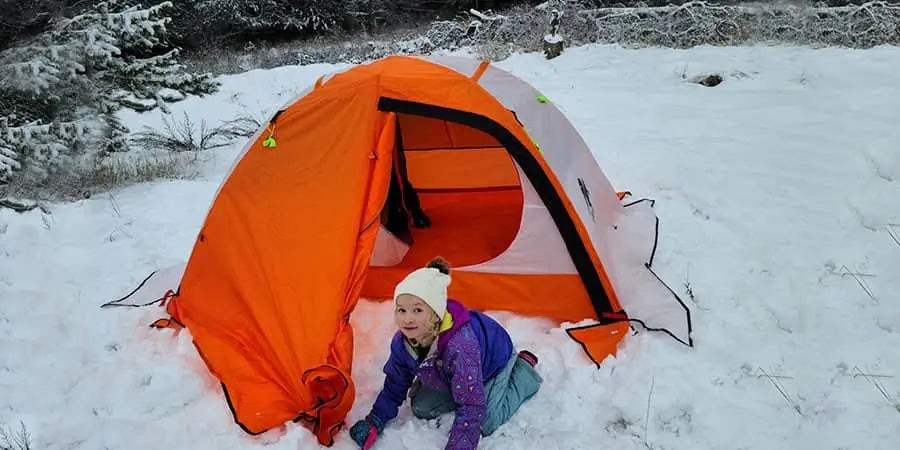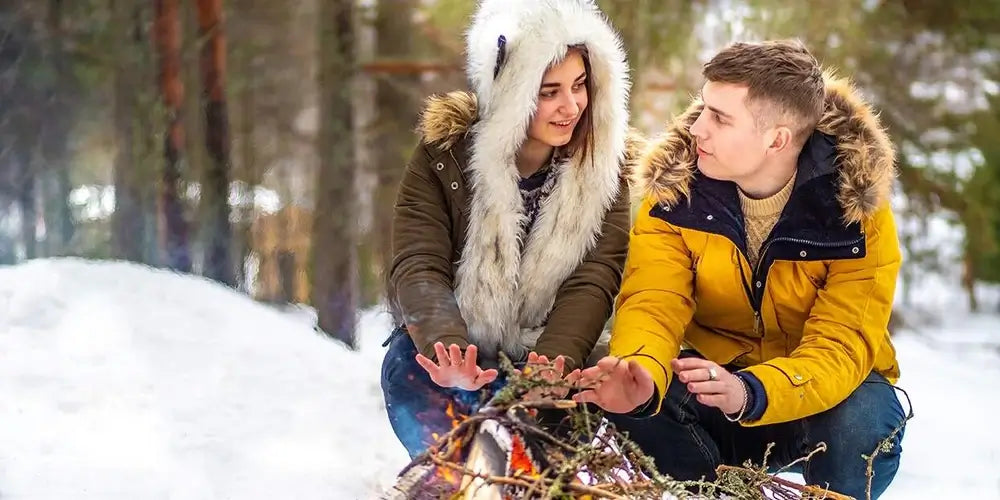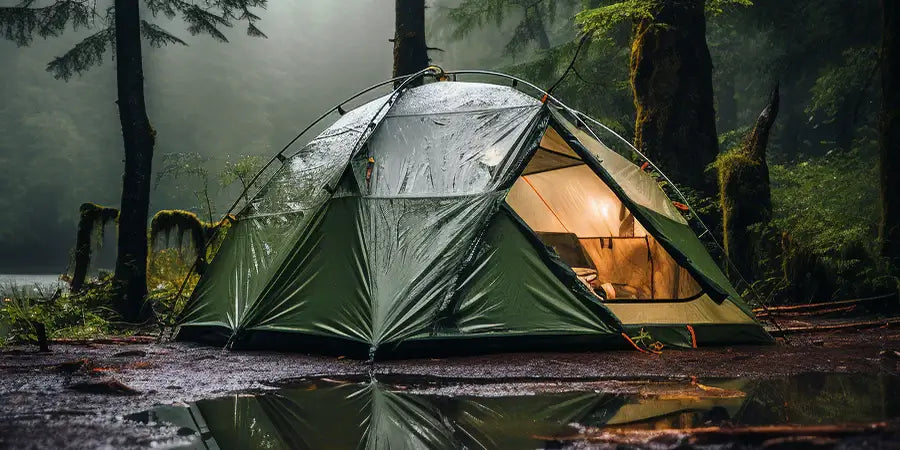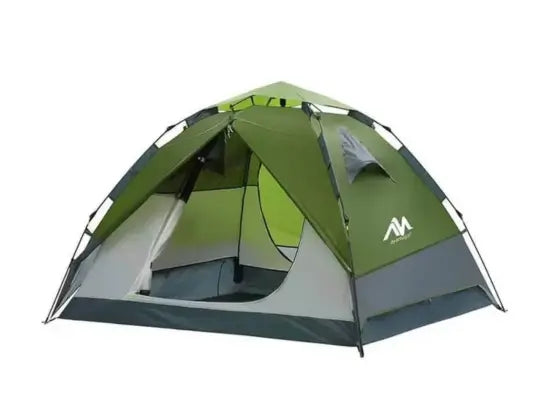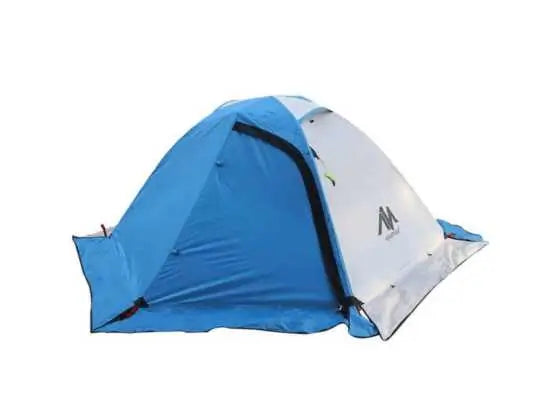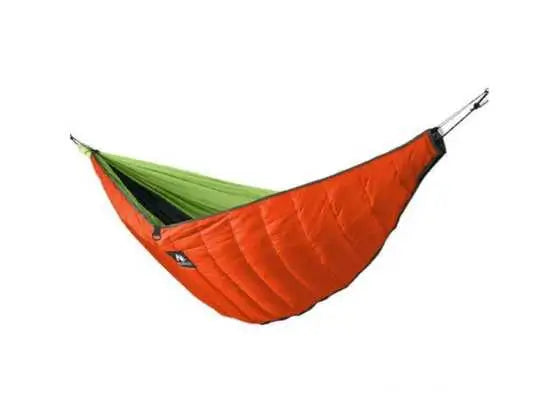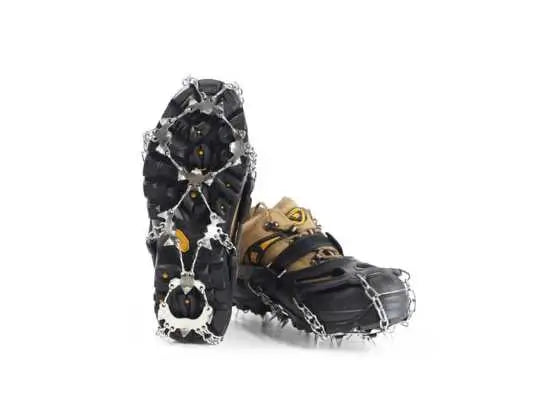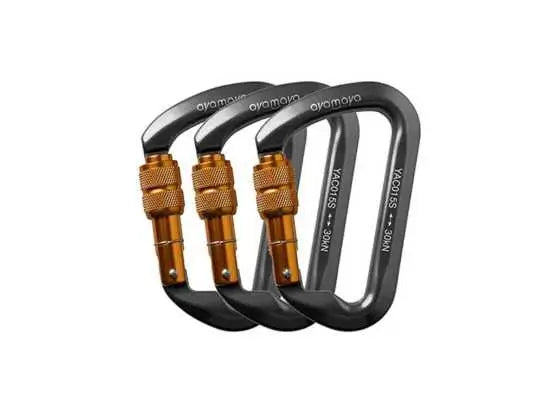Introduction:
Welcome to the world of cold-weather camping, where the cozy embrace of a hot tent, complete with the comforting warmth of a wood-burning stove, transforms winter adventures into unforgettable experiences. In this beginner's guide, we'll walk you through the essentials of hot tents, ensuring you stay warm and comfortable during your winter outdoor escapades.
1: Understanding Hot Tents and Their Benefits
Embark on your cold-weather journey with the right knowledge. Hot tents are designed to keep you warm in freezing temperatures, providing a comfortable refuge in the midst of winter landscapes. Learn about the key benefits that make hot tents a game-changer for cold-weather camping. Some hot tent benefits include effective heating, when it’s winter time a hot tent provides the most winter camping comfort. Hot tents also provide the most insulation ensuring that you stay warm in the cold weather.
2: Choosing the Right Hot Tent for Your Adventure
Not all hot tents are created equal. Discover the factors to consider when selecting the perfect hot tent for your cold-weather camping needs. From size and material to insulation options, we've got your guide to finding the ideal shelter. When selecting the best hot tent for your cold-weather camping adventures, consider key factors such as size, material, insulation, and ease of setup.
Choose a tent size that accommodates the number of occupants and gear you plan to bring, ensuring ample space for a comfortable experience. Look for durable materials that can withstand harsh weather conditions, and prioritize tents with effective insulation for optimal warmth retention. Additionally, a hot tent with user-friendly features and a straightforward setup process can enhance your overall camping experience, making it essential to balance performance and ease of use when making your selection.
When choosing a winter camping tent, prioritize durability, weather resistance, and thermal insulation. Opt for tents with robust materials that can withstand snow, wind, and cold temperatures, ensuring a reliable shelter in challenging conditions. Look for designs that provide effective ventilation to minimize condensation, and consider tents with snow skirts and sturdy pole structures to enhance stability in snowy environments.
When making a cold-weather tent choice, consider factors such as temperature rating, wind resistance, and snow shedding capabilities. Look for tents designed to handle temperatures lower than you anticipate, ensuring warmth during frigid nights. Wind-resistant features, like a low-profile design and sturdy poles, are crucial to withstand harsh winter winds. Additionally, opt for tents with steeply sloped roofs and smooth surfaces to prevent snow accumulation and maintain structural integrity in snowy conditions.

3: Essential Gear for Hot Tent Camping
Equip yourself with the must-have gear to enhance your hot tent camping experience. Explore a comprehensive checklist covering everything from sleeping bags and clothing to heating solutions. Ensure you're well-prepared for the challenges of winter camping.
Gear selection is crucial for a comfortable hot tent camping experience. Prioritize cold-weather essentials such as a high-quality sleeping bag, insulated clothing layers, and a reliable heating source like a wood stove. Additionally, pack winter-specific accessories like snowshoes or traction devices, ensuring you're well-prepared for the unique challenges of hot tent camping in colder climates.
Crafting a comprehensive cold-weather camping checklist is crucial for a safe and enjoyable winter adventure. Include essentials such as a well-insulated sleeping bag, layered clothing, high-quality thermal gear, a reliable heating source like a portable stove, and cold-rated sleeping pads.
Additionally, don't forget essentials like winter-ready tents, snowshoes or crampons, and ample food supplies to ensure you're well-prepared for the challenges of cold-weather camping. When considering heating solutions for tents, portable wood stoves are a popular choice for winter camping. These stoves provide efficient warmth and can be safely used inside tents designed for stove compatibility. Additionally, electric or propane-powered tent heaters offer convenience, providing a reliable heat source without the need for an open flame, making them suitable for various camping scenarios.
4: Setting Up Your Hot Tent: Step-by-Step Guide
Navigating the setup of a hot tent can be a breeze with the right knowledge. Follow our step-by-step guide to efficiently set up your hot tent, including tips on properly installing a wood stove for optimal warmth.
A hot tent setup involves assembling a tent designed to accommodate a heating source, typically a wood stove, to provide warmth in cold weather. The setup includes positioning the tent, securing it against the elements, and installing the heating system for a cozy interior. Proper hot tent setup also involves considerations for ventilation, safety, and efficient use of the heating source to ensure a comfortable and enjoyable camping experience in chilly conditions.
Winter camping shelter assembly requires careful attention to detail, especially in cold and challenging conditions. Begin by selecting a suitable site, ensuring a flat and well-drained area. When setting up your shelter, stake it securely, and consider additional measures like creating a windbreak with snow or using snow anchors for stability. Efficiently assemble your tent, paying attention to pole placement and tensioning to withstand winter elements, and always practice assembling your shelter in advance to streamline the process in adverse conditions.
When installing a wood stove in your camping tent, safety and proper ventilation are paramount. Choose a tent with a designated stove jack for secure stovepipe passage, ensuring that the tent fabric remains flame-resistant. Follow the manufacturer's guidelines for stove installation, maintain adequate clearance from combustible materials, and use a spark arrestor to minimize fire risks, creating a warm and secure environment for winter camping.
For an efficient hot tent setup, start by selecting a suitable camping spot with flat ground. Ensure proper ventilation by opening vents and windows to prevent condensation. Set up the wood stove in the designated area, maintaining a safe distance from tent walls. Efficiently assemble the tent, securing guy lines and stakes for stability, and promptly ignite the stove for a quick and consistent heat source, creating a warm and cozy camping environment.

5: Staying Safe and Warm in Cold Conditions
Safety is paramount in cold-weather camping. Explore valuable tips and precautions to ensure your well-being during winter adventures. From managing heating sources to dressing in layers, learn how to stay warm and safe in chilly conditions.
For a safe winter camping experience, follow these essential winter camping safety tips. Dress in layers to stay warm in cold conditions, use reliable heating sources in your tent, and be mindful of potential hazards like icy terrain. Incorporating these winter camping safety measures ensures a secure and enjoyable outdoor adventure in colder climates. When choosing a winter camping tent, prioritize durability, weather resistance, and thermal insulation. Opt for tents with robust materials that can withstand snow, wind, and cold temperatures, ensuring a reliable shelter in challenging conditions. Look for designs that provide effective ventilation to minimize condensation, and consider tents with snow skirts and sturdy pole structures to enhance stability in snowy environments.
Staying warm in cold conditions requires strategic layering, insulated clothing, and proper gear. Dress in moisture-wicking base layers, add insulating layers for warmth, and top it off with a waterproof and windproof outer layer to shield against the elements. Additionally, investing in quality cold-weather accessories like gloves, hats, and thermal socks contributes significantly to maintaining body heat in chilly environments. Now that you are armed with the knowledge from this beginner's guide, you're ready to embrace the beauty of cold-weather camping with a hot tent.. Embracing winter adventures offers a unique and invigorating experience, where crisp air, snow-covered landscapes, and the cozy warmth of a well-equipped hot tent come together to create lasting memories. It's a chance to explore the serene beauty of nature in its winter cloak, discovering a sense of tranquility and wonder that can only be found during the magical season of snow.

